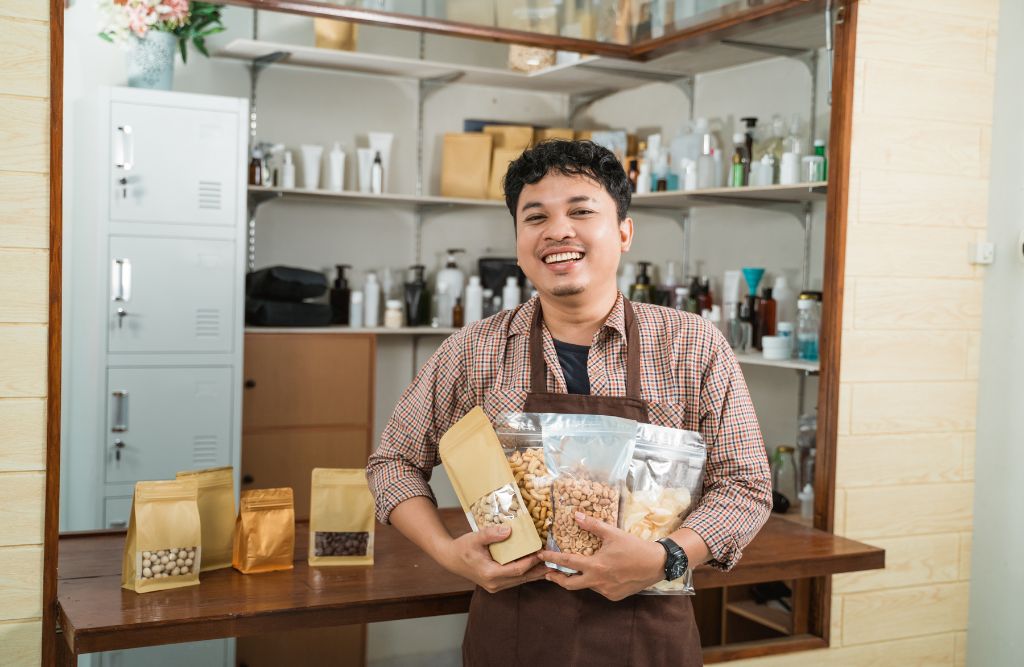In today’s competitive marketplace, food packaging is far more than a practical necessity—it’s a dynamic tool that shapes customer perception and strengthens your brand’s identity. As consumers become increasingly eco-conscious, the sustainability of your packaging on food products can make or break your reputation. Forward-thinking brands understand that investing in sustainable food packaging isn’t just ethically responsible; it’s a strategic move that can dramatically elevate your image and foster long-term loyalty.
The Role of Food Packaging in Brand Perception
Packaging on food items serves multiple purposes: preserving freshness, ensuring safety, and providing vital information. However, packaging also communicates your brand values at a glance. When consumers pick up a product, the packaging is often their first tactile interaction with your brand. Sustainable choices—like recyclable, biodegradable, or reusable materials—signal a commitment to environmental stewardship, which resonates with a growing segment of eco-aware shoppers.
Why Sustainability Matters in Food Packaging
Sustainability in food packaging revolves around reducing environmental impact throughout a package’s lifecycle. This includes sourcing raw materials responsibly, minimizing manufacturing emissions, and ensuring that packaging is easy to recycle or compost. Brands that embrace these principles not only support the planet but also gain a competitive edge:
Enhanced Trust: Modern consumers research the brands they support. Sustainable food packaging signals transparency and responsibility.
Positive Word-of-Mouth: Eco-friendly choices encourage loyal customers to share their experiences, amplifying your brand’s reach.
Compliance & Preparedness: Many regions now regulate packaging materials. Proactive adoption of greener alternatives ensures compliance and future-proofs your operations.
The Evolution of Small Food Packaging
Smaller portion sizes and single-serve products are on the rise due to changing lifestyles and consumer demand for convenience. Small food packaging requires careful consideration—not just for preservation and portability, but also for sustainability. Innovations like compostable wrappers, recyclable plastics, and minimalistic designs reduce waste and appeal to environmentally conscious buyers. Brands that align packaging design with green principles often stand out in a crowded marketplace.
Popular Sustainable Packaging Solutions
Let’s explore some of the most effective sustainable options for various food products:
1. Vacuum-packaged bags for food
Vacuum packaging bags for food are a popular choice for extending shelf life, reducing spoilage, and minimizing food waste. Today, many manufacturers offer vacuum bags made from biodegradable or recyclable materials. These innovations allow brands to maintain product quality while lowering their environmental footprint. By highlighting the eco-friendliness of your vacuum packaging, you can appeal to both quality-conscious and sustainability-focused customers.
2. Personalized Bakery Packaging
Food packaging Personalized bakery products offer a unique opportunity to reinforce your brand’s identity while demonstrating environmental responsibility. Custom-printed, compostable boxes or bags made from recycled paper can turn every pastry or loaf into a memorable experience. Personalization adds a premium touch, while sustainable materials ensure that your bakery stands out for all the right reasons.
3. Food Packaging Supplies for Every Need
Sustainable food packaging supplies now come in an impressive variety of forms—biodegradable trays, plant-based films, reusable containers, and more. Choosing the right supplies for your products—whether it’s for a deli, restaurant, or food truck—shows your commitment to both quality and the environment. Sourcing supplies from eco-minded vendors can also open up new marketing angles and customer partnerships.
How Sustainable Packaging Impacts Brand Image
Let’s look at some tangible ways that sustainable food packaging can transform your brand’s public image:
Differentiation: In saturated markets, distinctive and sustainable packaging on food can set your products apart.
Customer Loyalty: Eco-conscious consumers are more likely to return to brands whose values align with their own.
Storytelling: Every sustainable packaging choice offers a chance to share your brand’s journey and values, deepening customer engagement.
Social Proof: Positive reviews and social media posts about your commitment to green practices can boost your brand’s reputation organically.
Case Study: Small Businesses Leading the Way
Many small businesses are pioneers in the shift toward sustainable small food packaging. For example, a local bakery might swap plastic clamshells for compostable pastry boxes, printing their logo with vegetable-based inks. By sharing their sustainability journey on social media and in-store signage, they strengthen community ties and inspire customer loyalty. Similarly, food producers using vacuum packaging bags for food made from renewable materials can emphasize both freshness and environmental responsibility in their marketing.
Overcoming Challenges in Sustainable Food Packaging
Transitioning to sustainable food packaging supplies comes with challenges, such as higher upfront costs, supply chain logistics, and the need for consumer education. However, the long-term benefits—reduced waste, improved brand perception, and potential cost savings from lighter or reusable packaging—often outweigh these hurdles. Brands that proactively communicate the reasons behind their packaging choices can turn potential obstacles into opportunities for customer engagement.
Tips for Implementing Sustainable Food Packaging
Audit Your Current Packaging: Identify areas where you can switch to greener alternatives without compromising product quality.
Source Responsibly: Seek suppliers specializing in biodegradable, compostable, or recycled food packaging.
Educate Your Customers: Use packaging and marketing materials to explain your sustainable choices and encourage proper disposal or reuse.
Personalize When Possible: Custom, eco-friendly packaging for your bakery or specialty foods delights customers and cements your brand’s image.
Monitor Trends: Stay ahead by regularly reviewing industry developments in sustainable food packaging.
Conclusion: Make Sustainability Central to Your Food Packaging Strategy
Sustainable food packaging is a powerful tool for building trust, differentiating your brand, and driving long-term growth. Whether you’re a start-up offering small food packaging solutions or an established bakery personalizing every pastry box, the materials you choose make a statement. By integrating eco-friendly food packaging supplies, embracing innovations like vacuum packaging bags for food, and personalizing your approach, you can enhance your brand’s image and contribute to a healthier planet.
The future of food packaging is green—make sure your brand is leading the way.

 food packaging
food packaging
Comments are closed